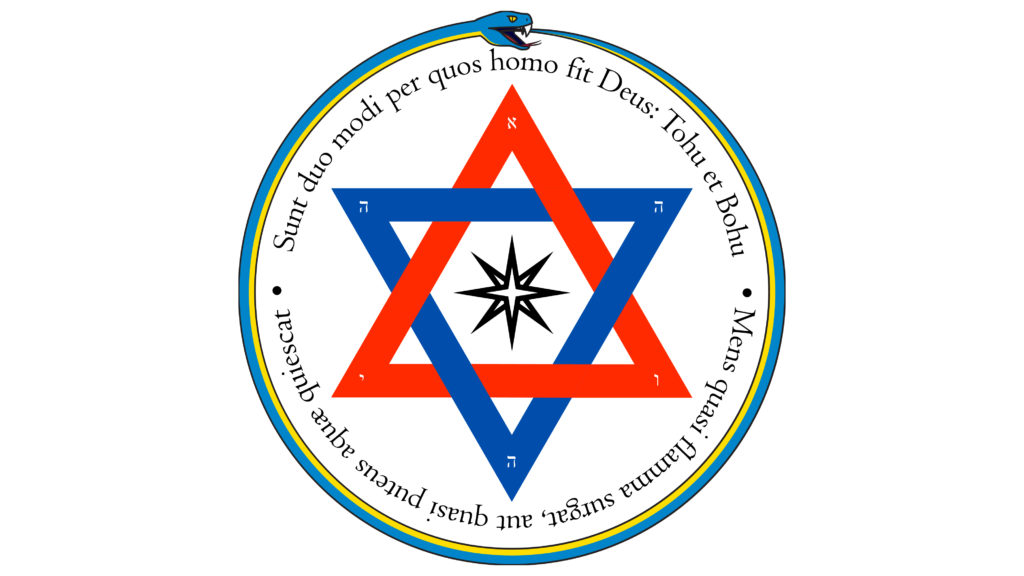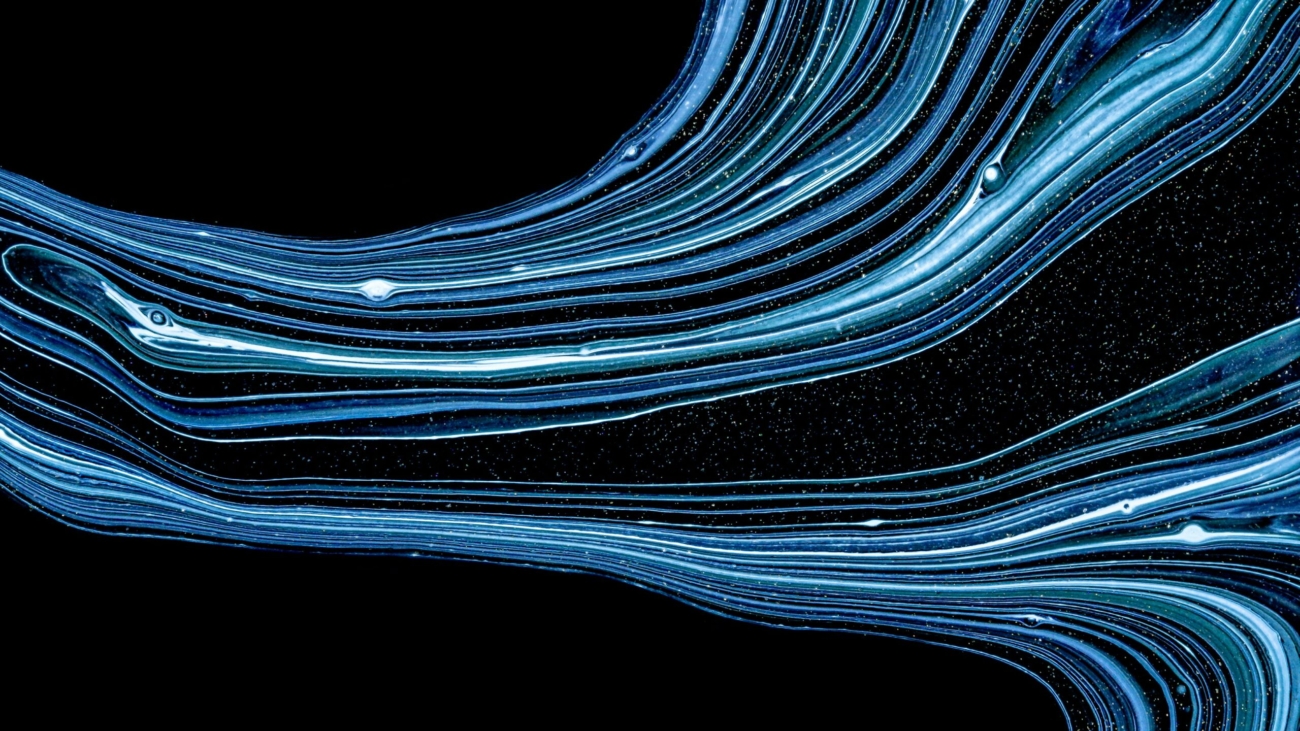Most if not all cultures have a word for a magical interconnecting principle or life-force. It’s usually connected with the breath, and the word they choose for it is usually connected with their word for breath: Qi, Ruh, pneuma, prana, etc. In western esotericism it’s anima, the body of light, or the astral fluid. It’s what you’re instructed to begin unifying in the Man of Earth initiations after you’ve unified your body and mind. It’s part of the task of the Neophyte in A∴A∴.
I think the easiest-to-understand, most down-to-earth means of access to this phenomenon is to observe your flow states.
Flow states were first named by the Hungarian-American psychologist Mihály Csíkszentmihályi. They are mental states in which a person performing some activity is fully immersed in a feeling of energized focus, full involvement, and enjoyment in the process of the activity. They come about when we are engaged in a task that is both highly challenging and which mobilizes a high level of skill.
One of the interesting things about flow states is that they are self-organizing. They are goal-directed, as all activities are, but one doesn’t have to constantly think about the goal while doing it. Flow states exclude that degree of detached thinking.
Compare with AL I.44: “For pure will, unassuaged of purpose, delivered from the lust of result, is every way perfect.”
But what’s the “energy” driving the flow state? Where is it coming from? It’s a self-organizing process, but what is pushing it?
The energy in that process is most likely what most of these cultures have had in mind when they speak about interconnecting energy. Interacting with it causes time and self to disappear, it collapses distances and distinctions. It takes the shape of whatever it is driving, similar to the way air takes the shape of whatever container it is in.
In the Bhagavad Gita, this kind of self-organizing, self-driven activity is considered to be divine, precisely because it is self-unified and carried out without thought for any externals. It’s done for its own sake. (See Why you need self-discipline to do your will for more.)
Mystical experiences can be understood as an extreme of flow. Applied effort turns into a self-organizing relationship between attention and its object. Any sense of a self doing something gradually disappears—along with time and space. The energy itself comes to fully inhabit the mind, blotting out the sense of self and world. When self and world reemerge, they are enchanted with the glow of this energy which is now seen to inhabit all things.
Similarly in its own way with orgasm—or so Reuss and Crowley seemed to think. Body, thought, and emotion are not just aligned with one another, but rather made to form a self-organizing whole driven by this formless energy of life. Sexuality could provide the occasion for the same kind of disinterested, self-organizing, self-driven activity characteristic of the divine making described by the Bhagavad Gita.
There’s a play and ambiguity here between self and self-organizing. The self is what has to get out of the way for self-organizing to take place. Or rather, self-organizing eventually effaces the self in a flow state.
In other words, you can get the self out of the way by meditating. That’s the deliberate quieting of the thoughts through a concentration exercise. That’s also the blue triangle representing still water in the Liber HHH exercises. But you can “back into” the experience by generating a flow state which gradually picks the mind and the sense of self up into it. That’s the upright red triangle of energized enthusiasm.

But the end-result is the same: the kenosis or limitation or contextualization of the self which makes room for the formless energy of self-organized unification characteristic of the divine.
